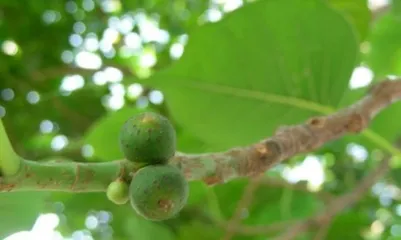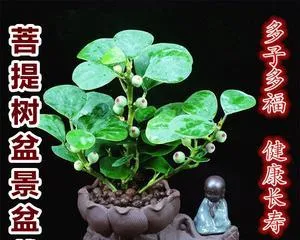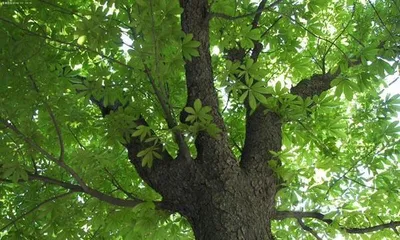The Bodhi tree is a sacred species in Buddhism and has high medicinal value. As people's attention to health continues to increase, the cultivation of Bodhi trees has gradually become a new farming method. However, due to the special growth habits of the Bodhi tree, the maintenance difficulty is relatively high. This article will introduce how to successfully cultivate Bodhi trees and provide some precautions that need to be paid attention to during the cultivation process, hoping to help beginners.

1. Suitable Environment for Cultivating Bodhi Trees
If you want to successfully cultivate a Bodhi tree, you must first choose a suitable environment, which means a place with plenty of sunlight, good air circulation, fertile soil, and good drainage. At the same time, it is necessary to maintain the humidity and temperature of the cultivation environment to avoid it being too dry or too humid.

2. Cultivation Methods for Bodhi Trees
There are two methods for cultivating Bodhi trees: seed propagation and cutting propagation. Seed propagation takes a long time to see results, but the cost is low, while cutting propagation can quickly produce saplings. When choosing a propagation method, you need to consider your own situation.
3. Soil and Fertilizer for Bodhi Trees

Bodhi trees prefer fertile soil. Usually, a suitable amount of organic fertilizer needs to be added during the cultivation process to provide the nutrients the plant needs. At the same time, it is also necessary to pay attention to mastering the amount of fertilizer used, as excessive fertilizer will have an adverse effect on the plant.
4. Watering and Drainage for Bodhi Trees
Cultivating Bodhi trees requires attention to watering and drainage. Overwatering can easily lead to root rot, while excessive drainage can lead to soil water deficiency. It is necessary to water in moderation and ensure good soil drainage.
5. Pruning and Shaping of Bodhi Trees
During the cultivation process, the Bodhi tree needs to be properly pruned and shaped. Pruning can effectively control the growth and shape of the plant, while shaping can make the plant more beautiful. However, when pruning and shaping, it is necessary to pay attention to the methods and timing to avoid harming the plant.
6. Pest and Disease Control for Bodhi Trees
During the cultivation process, Bodhi trees can also be troubled by pests and diseases. It is necessary to take some effective preventive and control measures, such as cleaning up fallen leaves in time, controlling humidity, and using biological control methods to reduce the harm of pests and diseases.
7. Transplanting and Repotting of Bodhi Trees
In the process of growing a Bodhi tree, it is inevitable to encounter situations that require transplanting or repotting. When transplanting and repotting, it is necessary to pay attention to the methods and timing to minimize damage to the plant.
8. Management and Maintenance Precautions for Bodhi Trees
In the process of cultivating Bodhi trees, it is also necessary to pay attention to some details, such as regular weeding, timely pruning, and maintaining ventilation. At the same time, it is also necessary to often observe the health status of the plant and find and solve problems in time.
There are many aspects to pay attention to when cultivating Bodhi trees, but as long as you master the methods and techniques, you can successfully cultivate a healthy Bodhi tree. I believe that through the introduction of this article, beginners can better understand the cultivation methods and precautions for Bodhi trees and provide some help for their own cultivation process.